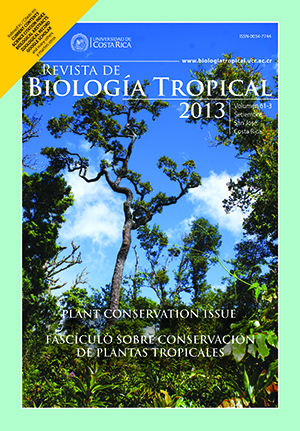Abstract
Spiders are predators that reduce insect pest populations in agroecosystems. In spite that the presence of spider assemblages has been described in different crop plants, no reports have been done for Citrus species in Argentina. We studied the spider community associated with cultures of Citrus sinensis in the province of Corrientes, Argentina, in two plots (AM1 irrigated and AM2 unirrigated) of 0.82 hectares each. Spiders were collected monthly by using pitfall traps, hand capture, agitation of foliage and sieving of soil litter. A total of 7 174 specimens were collected (33 families, 44 genera and 200 species/morphospecies). The AM1 recorded 3 811 individuals (33 families, 179 species/morphospecies) and AM2 3 363 individuals (31 families, 174 species/ morphospecies). November, December and January showed the highest abundance in both plots. A total of 70% of collected spiders were juveniles. Eight families were the most abundant and represented 75% of spiders collected in both plots, the largest being Lycosidae. We identified eight guilds in both plots, for which the ground runners resulted the most abundant (AM1 n=1341, s=39, n=999 AM2, s=33), followed by orb weavers (AM1 n=637, s=36; AM2 n=552, s=33), the stalkers (AM1 n=471, s=43, AM2 n=453, s=47) and the space webbuilders (AM1 n=446, s=23; AM2 n=342, s=25). The analysis of alpha diversity in both plots (AM1H’=4.161, J’=0.802; AM2 H’=4.184, J’=0.811) showed no significant differences (t=1.083 p=0.279). The linear dependences model was the one with the best fit results, where the species observed were more than estimated. Clench model estimated 90.9% of the spiders observed in the unit with irrigation and 90.6% in the unit without irrigation.##plugins.facebook.comentarios##
Downloads
Download data is not yet available.


